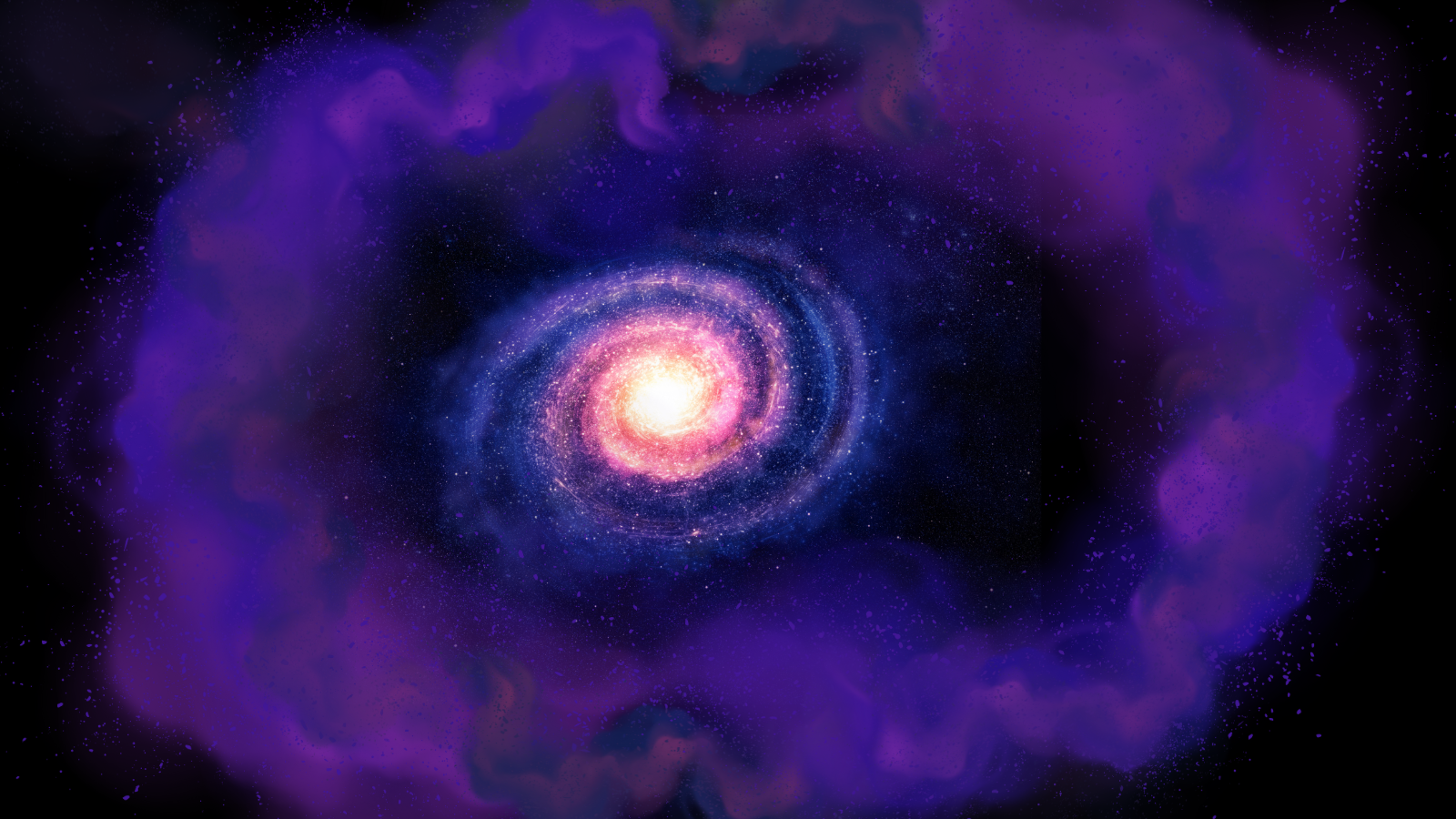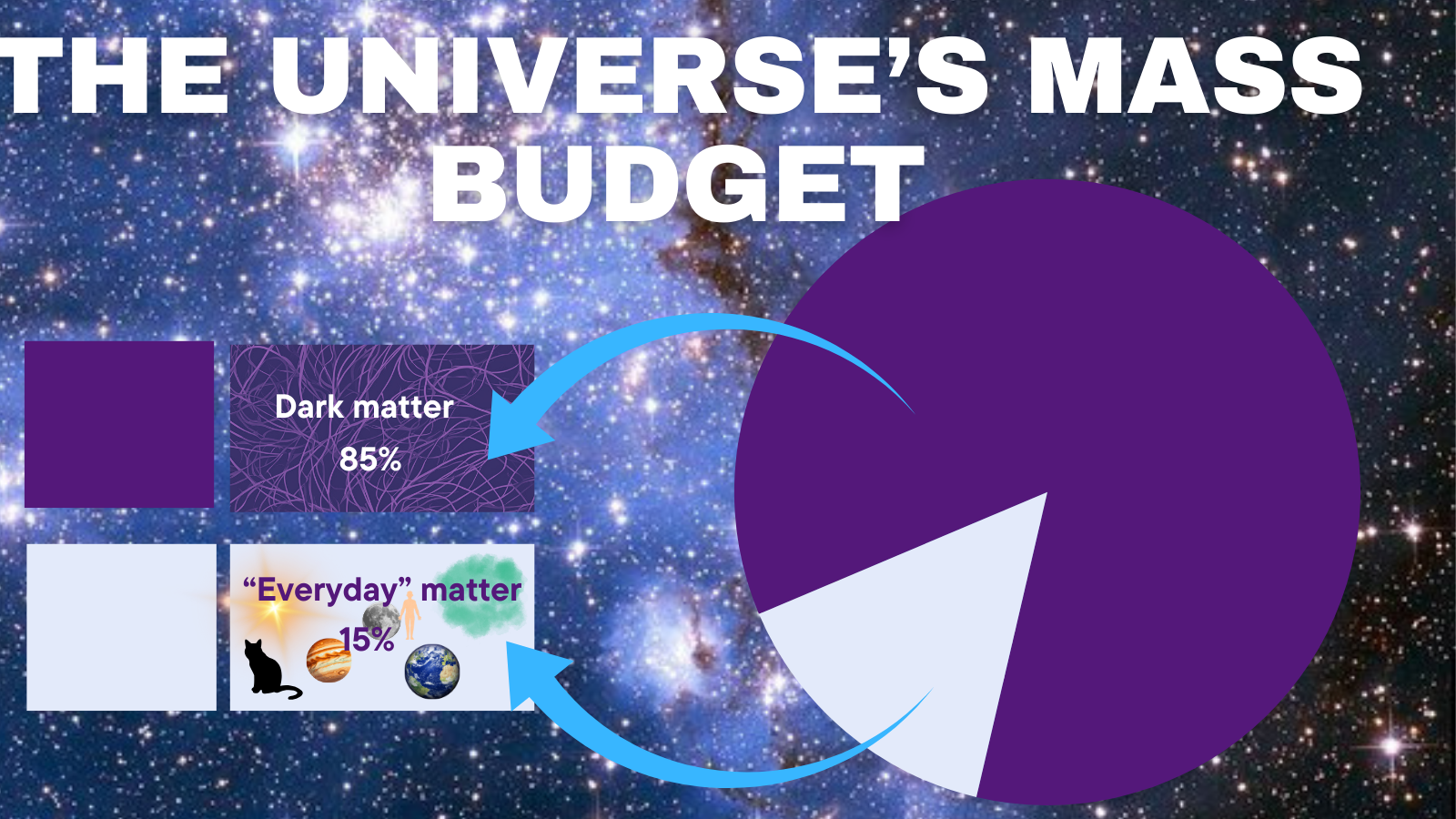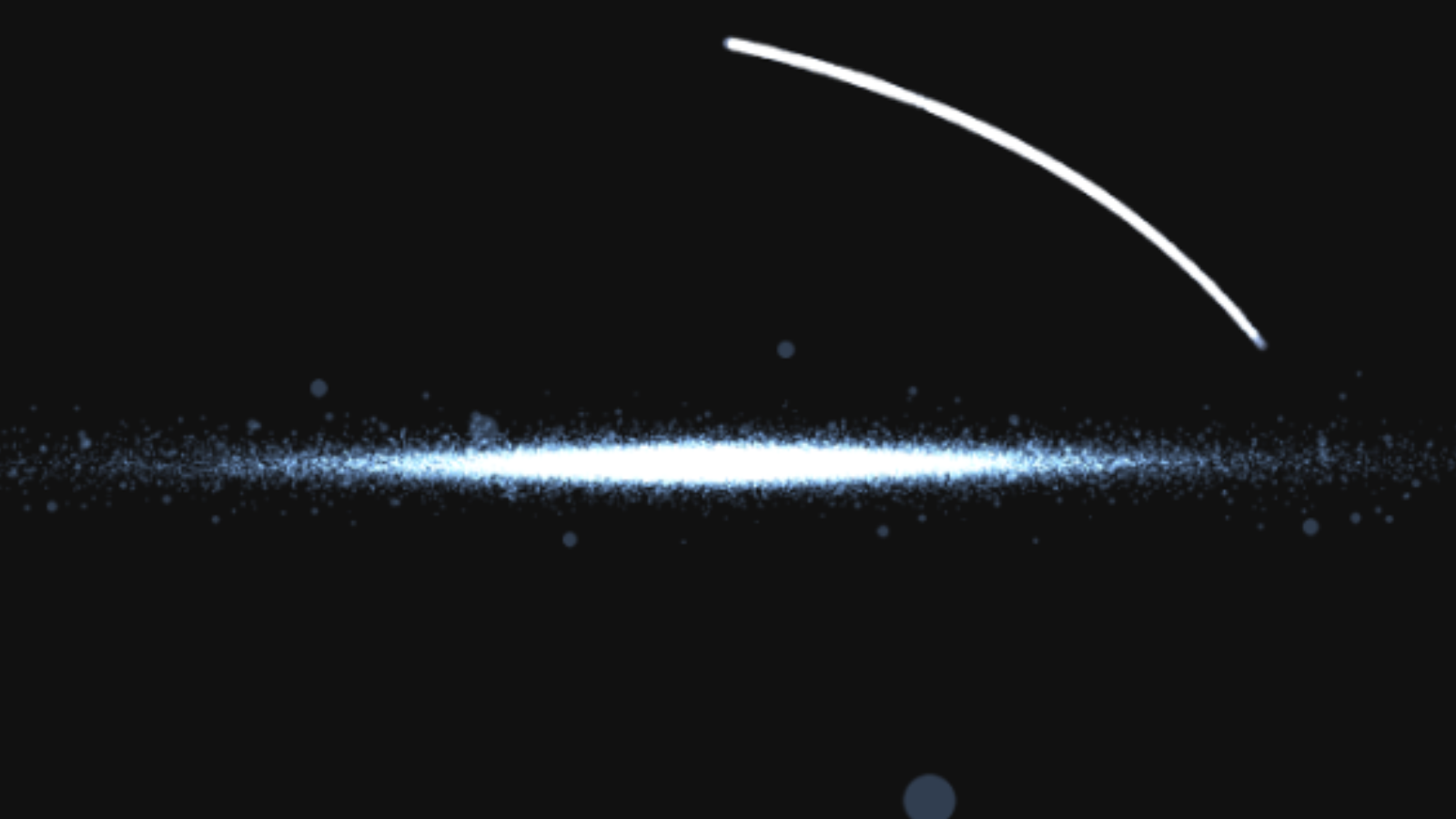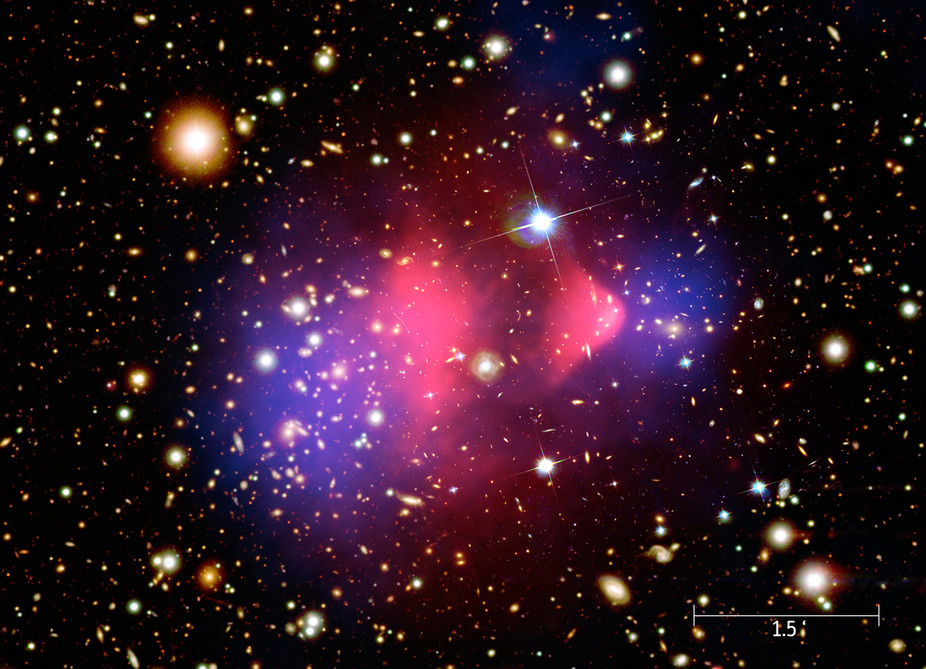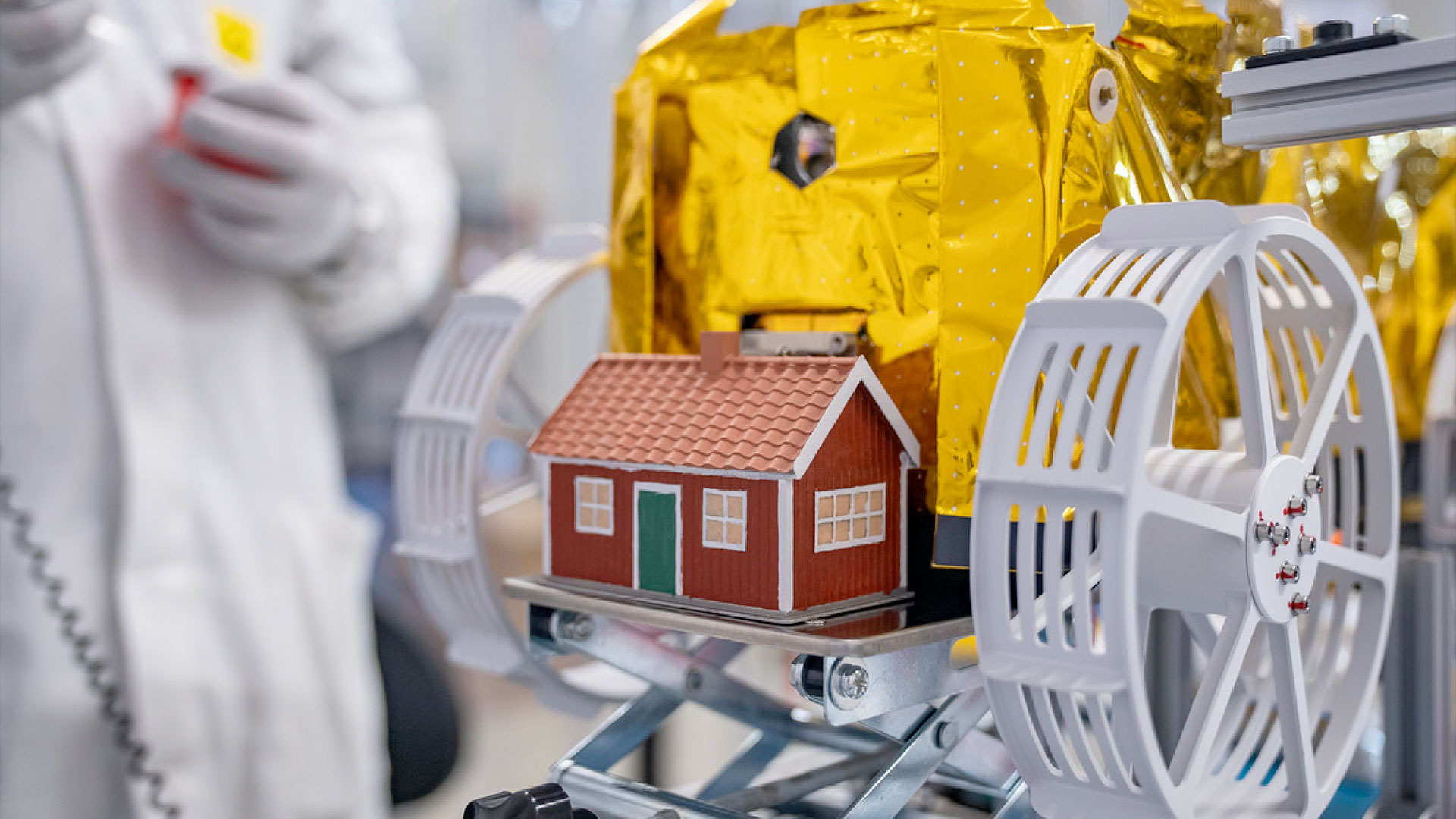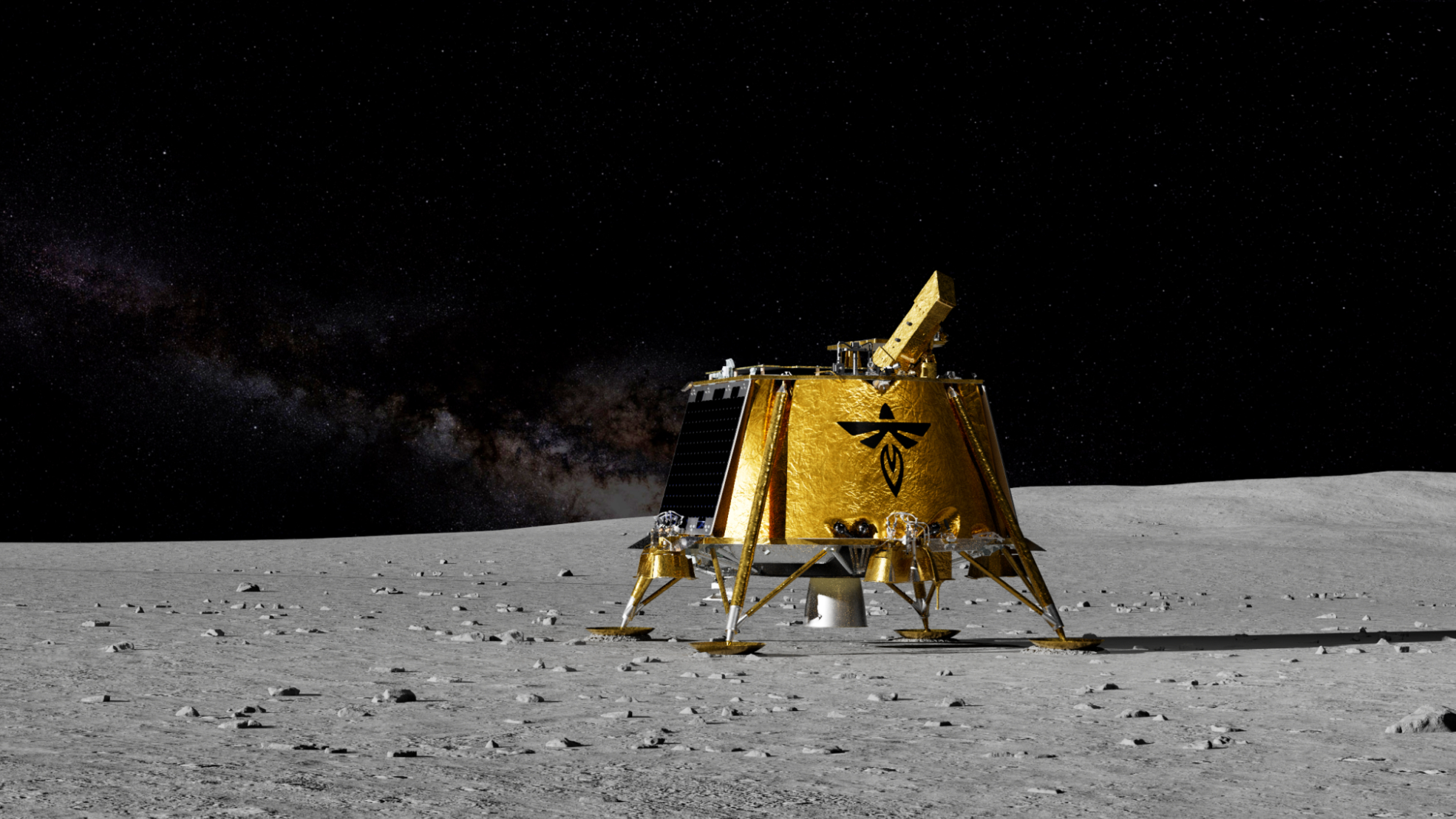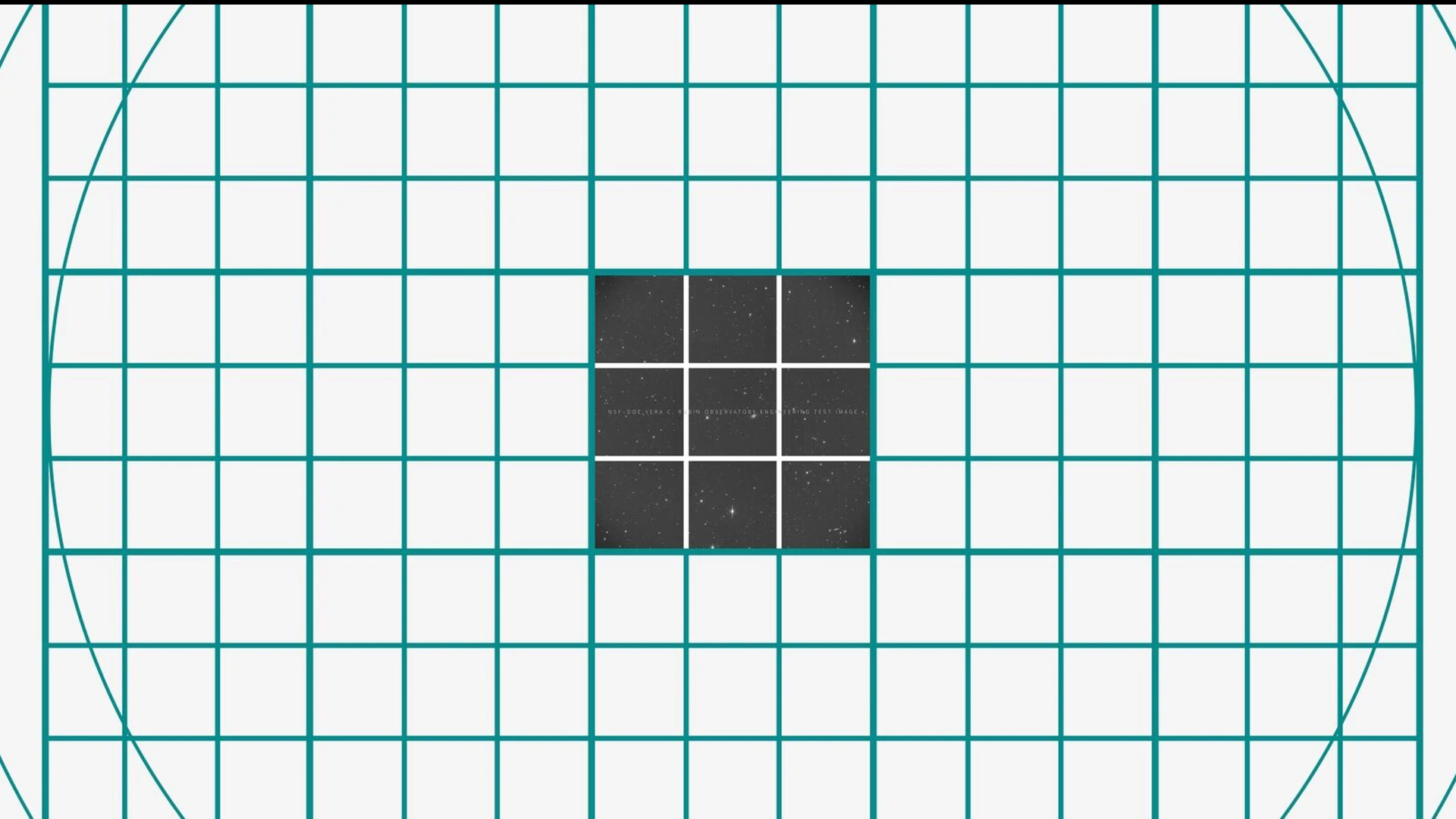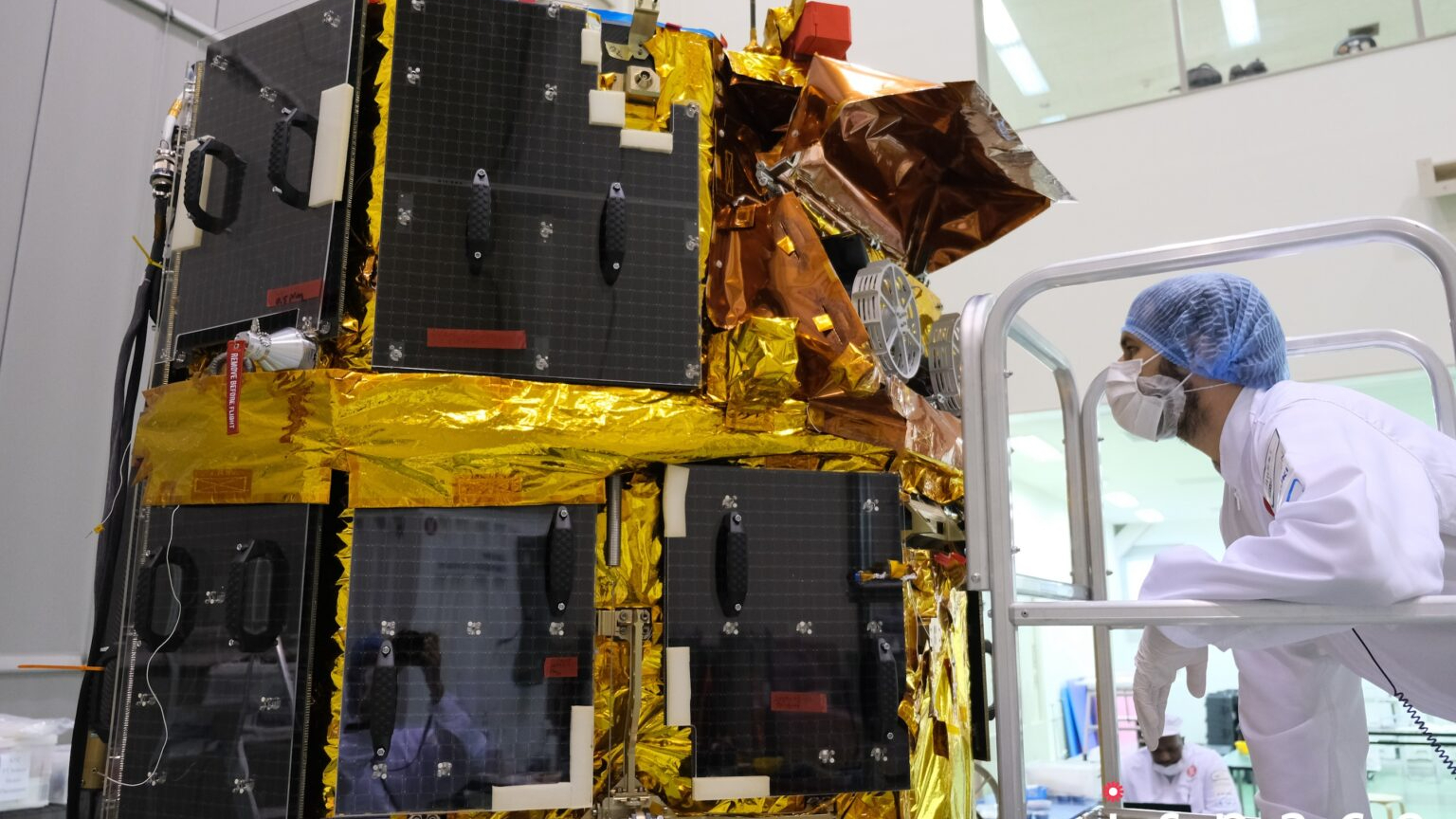A perplexing “break” in a stream of stars around the Milky Way could be the result of dark matter — that is, if the mysterious cosmic stuff interacts with itself.
The feature in question is in the GD-1 stellar stream, a thin group of stars moving together on a shared trajectory through the Milky Way’s all-encompassing halo. The GD-1 stellar stream has been well-studied by astronomers, but a gap in its structure has long been a puzzle.
Now, a team from the University of California, Riverside, proposes that the cause of this feature is a sub-halo of self-interacting dark matter within the larger halo of dark matter that envelops our galaxy.
“This work opens a promising new avenue for investigating the self-interacting properties of dark matter through stellar streams,” team leader and University of California, Riverside researcher Hai-Bo Yu, said in a statement. “It marks an exciting step forward in our understanding of dark matter and the dynamics of the Milky Way.”
Getting warmer
Scientists are keen to get to the bottom of the dark matter puzzle because this phenomenon accounts for the vast majority of the “stuff” in the universe — about 85%, in fact. That means everything we see around us such as stars, planets, moons, you, me and basically everything else, accounts for just 15% of the universe’s matter.
Scientists know dark matter isn’t made up of atoms composed of protons, neutrons and electrons because it doesn’t interact with light or ordinary matter.
But, the big question for scientists is: Does dark matter interact with itself?
Unfortunately, the fact that dark matter doesn’t interact with light also makes it effectively invisible. So, this question tough to investigate.
However, if dark matter doesn’t interact with ordinary matter, and stars are definitely composed of ordinary matter, you may be wondering how this mysterious stuff could cause a break in a stellar stream.
The key to this is the fact that dark matter does interact with gravity. Because gravity arises from the curvature of the very fabric of space (thanks, Albert Einstein) and ordinary matter and light also traverses space, this means that, while these more familiar aspects of the cosmos can ignore dark matter, they can’t ignore its gravitational effects.
Furthermore, scientists have examined the break in the GD-1 stellar stream and determined that the gravitational influence of known globular clusters or the known satellite galaxies of the Milky Way can’t have caused it.
If dense dark matter exists in a sub-halo within the wider halo of the Milky Way, then the gravitational perturbations it causes could have disrupted this stellar stream.
However, for this to be possible, the dark matter in this sub-halo would have to be denser than the dark matter predicted in the best model we have of the evolution of the universe: the Lambda Cold Dark Matter (LCDM) model.
“Cold dark matter sub-halos typically lack the density needed to produce the distinctive features observed in the GD-1 stream,” Yu explained.
The “cold” prefix in this case refers to dark matter that is slow-moving in relation to the speed of light and doesn’t interact with itself. The alternative is “hot,” and self-interacting, dark matter.
A potential consequence of self-interacting dark matter concerns its capability to collapse under its own gravitational influence and become denser.
Yu and colleagues simulated the effect of this collapsing dark matter sub-halo on the break in the GD-1 stellar stream.
“However, our research demonstrates that a collapsing self-interacting dark matter sub-halo could achieve the necessary density,” Yu continued. “Such a compact sub-halo would be dense enough to exert the gravitational influence required to account for the observed perturbations in the GD-1 stream.”
“Our team’s findings offer a new explanation for the observed spur and gap features in GD-1, which have long been thought to indicate a close encounter with a dense object,” Yu said. “In our scenario, the ‘perturber’ is the self-interacting dark matter sub-halo, which disrupts the spatial and velocity distributions of the stars in the stream and creates the distinctive features we see in the GD-1 stellar stream.”
Of course, this may suggest that the LCDM model isn’t the best recipe for the cosmos after all.
If this is the case, hot dark matter features like the break in the GD-1 stellar stream could offer researchers a way to investigate dark matter’s properties.
The team’s research was published on Jan. 3 in the Astrophysical Journal Letters.

